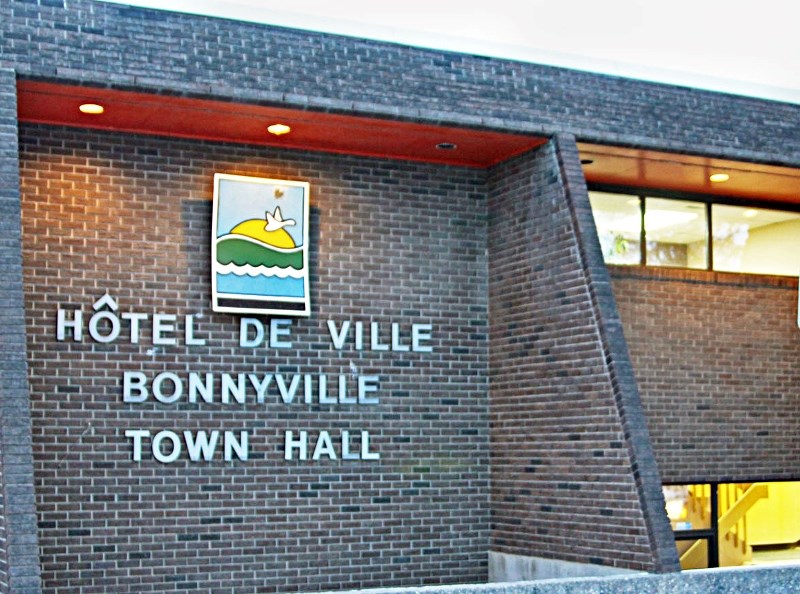The latest census numbers are in, but Bonnyville Mayor Gene Sobolewski says they might not tell the whole story.
Last week, the federal government released their 2016 census data, showing a significant drop in the town's population, to 5,417 residents.
“There's a little bit of history with these census numbers. Since 2006, they (the federal government) haven't gotten them right,” said Sobolewski. “When we saw (the census) I basically had a good giggle. I know, yes, there are some vacancies, but there's no way our population base is the same as it was back in 1999. That's just not correct.”
According to the latest statistics, the current population represents a 12.9 per cent decrease since the last federal census conducted in 2011. That year, they found that 6,216 people resided in the Town of Bonnyville.
Questioning the findings, town council opted to undertake their own study the following year, which showed a population of 6,837 in 2012 – 621 more residents than in the federal census the year prior.
In 2014, the town conducted another municipal census, revealing a population increase to 6,921.
If the 2016 federal census is accurate, that would mean the Town of Bonnyville has lost just over 1,500 residents in two years.
“We've had to undertake our own census for quite a while now because the numbers just don't match. We've spoken to the federal government and said ‘what in the devil are you guys doing because these numbers just don't match,'” explained Sobolewski, adding they'll likely have a motion before council on Feb. 14 to vote on once again conducting a municipal census.
“They (the federal government) don't have the most stellar record in terms of being able to do the checks and balances.”
“We have brought this to their attention and it's a continuous revolving door.”
A precise, up-to-date population count is crucial for communities, as the province uses it to determine the amount of funding a municipality will receive. For grants such as the Municipal Sustainability Initiative (MSI), more people equals more dollars coming in.
“You get a substantial drop like that and it means there could be a significant impact to the grant funds you get. That's why we want to make sure we get it right,” stressed Sobolewski, estimating a potential $300,000 to $400,000 difference in funding.
Following a census report, municipalities register their updated population with Alberta Municipal Affairs. If a municipality disagrees with the federal government's findings, they have the option to undergo their own census and register that number instead.
For the Town of Bonnyville, even when using their own census data, Sobolewski explained they've still been unable to get an accurate count of the number of residents.
“It's all based on population, that's why we were so upset back in 2014 when we had this massive shadow population that was influencing our services, yet we couldn't get credit for. Whereas others in the other municipal centres were able to get the required credit.”
He added, “One of the other major issues that we have, are those that are living and working in the community from elsewhere. For example, they're still registered in Newfoundland or Saskatoon.”
While adamant that the federal government got it wrong, the town mayor does recognize that there has been a drop in the number of people calling Bonnyville home.
“I think we likely went from about 6,900 to about 6,500. That seems to be the order of the day when you look at the school populations and indicators like that, I wouldn't be surprised.”
MD census better than expected
In the MD of Bonnyville, their federal census came in with a population of 13,575 in 2016. It's a large increase since the last federal study was done in 2011 but a slight drop compared to the 2014 municipal census.
Reeve Ed Rondeau noted that the MD's numbers also can't be taken at face value.
“Our census is showing some 13,575, but that includes Fishing Lake and Elizabeth Métis. We've taken those out and our true figure is 12,476.”
Rondeau added, “That's the figure we'll use for everything with the province and that's an overall decrease of 757 people, or six per cent, from the 2014 municipal census.”
After seeing the federal census results in 2011, like the town, the MD felt the population should have been higher than the 11,191 recorded. In 2014, they paid for a municipal census to be conducted and it came back stating 13,233 residents lived in the municipal district – over 2,000 more than in the federal data.
In the MD's census, they were able to account for the shadow population
This time around, Rondeau is more confident in the government's results.
“Overall, I think that's pretty fair, I was actually expecting to see a larger decrease than that, so I thought that was good… I was quite prepared to see, at minimum, a 1,000 person decrease.”
He added that the decline in residents is minimal enough that it shouldn't have much of an impact on government funding.
“It will make a small difference, where we will see it is our MSI grant… There should be a decrease in that portion, but it won't make that big of a difference.”
Though he's not sure what the MD will look like come the next census in 2022, Rondeau said a lot of it will depend on the way the energy sector goes, but he is expecting some growth.
“The numbers are already showing positive growth for the province. I'm not sure we're going to see the type of growth that we had in the past – I'm thinking probably not – but a steady growth. Even if it levels off at a certain point and maintains itself, I think that's something that's very acceptable and welcomed.”



